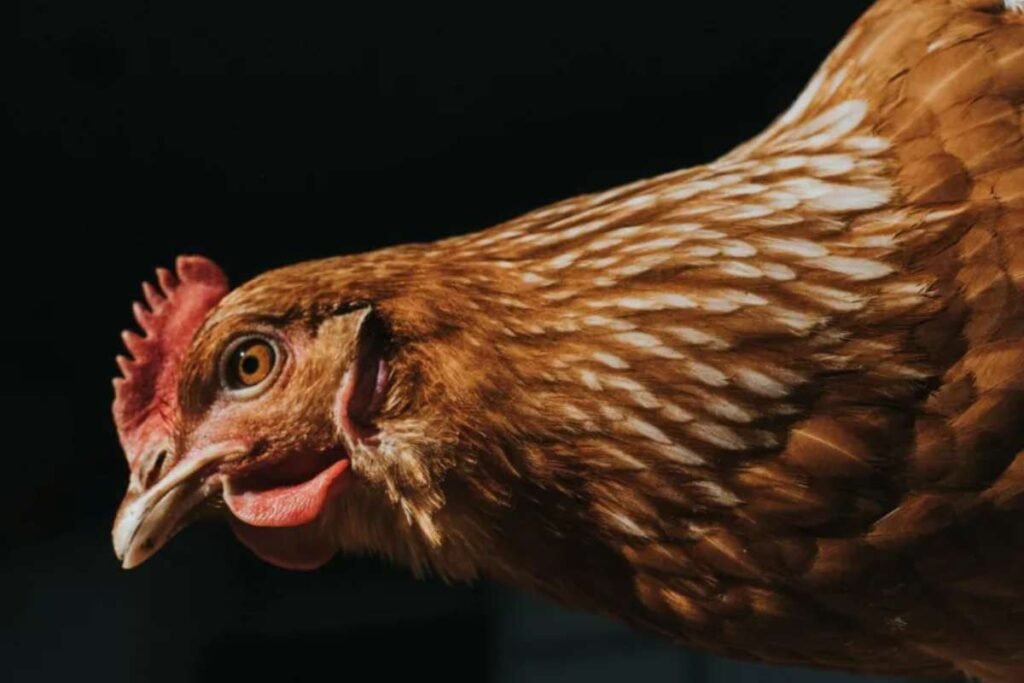Undetected Infections Of Bird Flu Among Veterinarians
A recent study by the Centers for Disease Control and Prevention (CDC) has uncovered silent cases of Bird Flu Among veterinarians Published on Thursday, the study highlights previously undiagnosed infections, echoing earlier findings among farmworkers who had unknowingly contracted the virus. While some farmworkers in past studies recalled experiencing symptoms, none of the veterinarians in this latest research reported signs of illness.
According to Dr. Gregory Gray, an infectious disease expert from the University of Texas Medical Branch, the official count of confirmed human bird flu cases—currently at 68 within the past year—is likely a significant underestimation. He emphasized that many infections go unnoticed because those affected do not exhibit symptoms severe enough to seek medical attention. This discovery underscores the need for a broader approach to tracking bird flu cases beyond symptomatic individuals visiting medical facilities.
Evidence Suggests a Higher Number of Infections
To assess potential underreporting, CDC researchers attended the American Association of Bovine Practitioners veterinary conference in September 2024 in Columbus, Ohio. They surveyed 150 veterinarians from 46 states, collecting blood samples for testing. None of the participants recalled experiencing symptoms associated with H5N1 bird flu, such as eye inflammation or respiratory distress. However, test results revealed that three of them—equivalent to 2% of the group—had developed antibodies against the virus.
All three veterinarians had worked with dairy cattle and other animals, though none had knowingly handled infected herds. One veterinarian had been exposed to a poultry flock confirmed to carry the virus. In a previous study, Gray and his team examined 14 dairy farmworkers, identifying past infections in 14% of them, with those infected recalling symptoms but never receiving a formal diagnosis. Another CDC-led study last year found that 7% of 115 dairy workers carried evidence of prior infection, with half of them remembering flu-like symptoms.
Although the studies remain too small to determine the true scale of undiagnosed infections, Gray suggested that even a small percentage of cases could equate to hundreds or thousands of Americans unknowingly contracting the virus through animal exposure. Ohio State University researcher Jacqueline Nolting, who assisted with the CDC study, noted that the development of antibodies among those infected indicates potential natural immunity. However, she cautioned that if the virus mutates to cause more severe illness or becomes more easily transmissible between humans, the situation could escalate significantly.
Precautionary Measures for Veterinarians and Farmers
The H5N1 bird flu continues to spread among wild birds, poultry, cows, and other animals, increasing human exposure risks. Although the CDC currently assesses the threat to the general public as low, officials stress the importance of precautionary measures for those in close contact with potentially infected animals.
Bird Flu Among Veterinarians and farmworkers are advised to wear protective gear such as gloves, masks, and eye shields when handling sick or deceased birds or livestock. Keith Poulsen, director of the Wisconsin Veterinary Diagnostic Laboratory, pointed out that the virus has likely spread more extensively than reported, making safety measures crucial in preventing further transmission. He anticipates increased efforts to educate veterinarians nationwide on protective protocols to mitigate infection risks.









